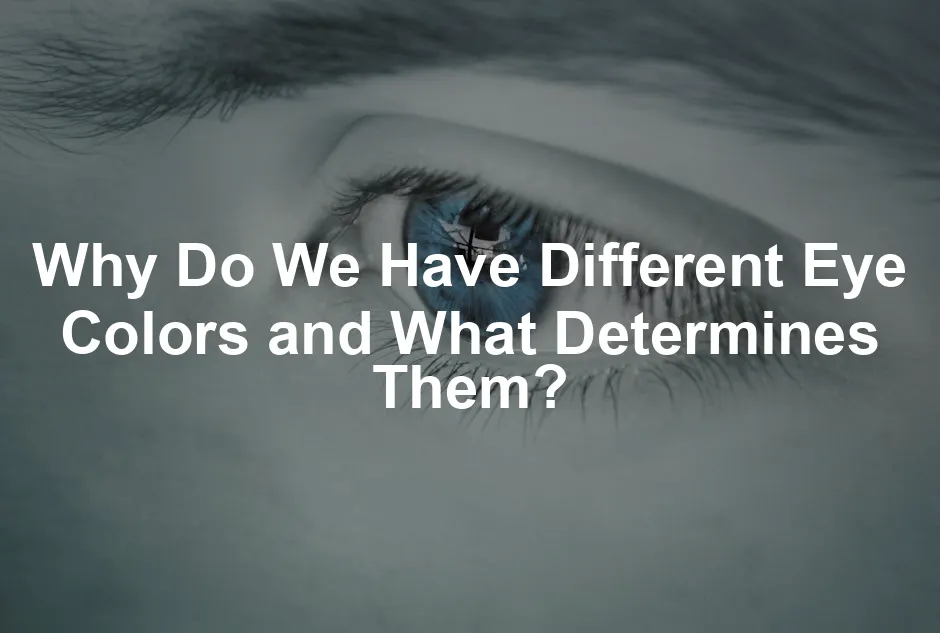
Why Do We Have Different Eye Colors and What Determines Them?
Introduction
Ever looked into someone’s eyes and wondered why they sparkle differently than yours? Eye color diversity is one of those fascinating human traits that makes us unique. From deep browns to striking blues, our eye colors tell a rich story of genetics, environment, and evolution.
So, what actually determines our eye color? It’s not just a simple matter of inheritance from our parents. Instead, a complex interplay of genetic factors, melanin levels, and even light conditions shapes the beautiful spectrum of eye colors we see today.
In this article, we will unpack the science behind eye color, clarify some common misconceptions, and answer those burning questions you’ve always had about those captivating orbs of color. Get ready to see the world through a new lens!
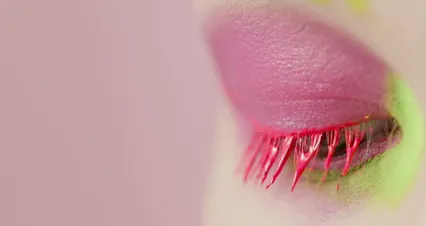
Understanding Eye Color and Its Genetics
The Role of Melanin
Let’s get to the heart of the matter: melanin. This remarkable pigment is the key player in determining our eye color. Produced by cells called melanocytes, melanin is also responsible for the color of our skin and hair. When it comes to eyes, the amount and type of melanin present in the iris dictate whether your peepers are brown, blue, green, or something in between.
There are two main types of melanin involved:
- Eumelanin: This type produces shades of brown and black. Higher levels of eumelanin lead to darker eye colors.
- Pheomelanin: This pigment gives rise to lighter shades, such as amber and hazel. It’s the sprinkle of sunshine in your eyes!
Interestingly, blue eyes occur when there’s little to no melanin. Instead of blue pigment, the blue hue results from Tyndall scattering, a phenomenon similar to why the sky is blue. Green eyes, on the other hand, have some melanin but still allow Tyndall scattering to show through. Now, isn’t that a colorful mix of science and art?
If you’re intrigued by the complexity of eye color genetics, dive deeper with Eye Color Genetics: A Comprehensive Guide. This book unravels the intricate web of genetic influence on eye color, making you the go-to expert at your next trivia night!
The amount of melanin is genetically determined. The genes you inherit from your parents can significantly influence how much melanin your body produces. As you might guess, darker shades are more common, while lighter shades are a delightful rarity.

How Rare Are Different Eye Colors?
Now, let’s talk numbers. Eye colors aren’t distributed equally across the globe. Here’s a quick peek at the prevalence of various eye colors:
- Brown: A whopping 70-79% of the global population boasts brown eyes. Talk about a popular choice!
- Blue: Only about 8-10% of people have blue eyes. This cool color certainly stands out!
- Hazel: Around 5% of the population has hazel eyes, which can appear as a mix of colors.
- Gray: A mere 3% have gray eyes, making them quite the rare gem.
- Green: Only about 2% of people are graced with green eyes, which adds to their allure.
- Red or Violet: Less than 1% possess these striking hues, often seen in those with albinism.
Interestingly, individuals with heterochromia, or differently colored eyes, make up about 1% of the population. So, if you’ve ever met someone with mismatched eyes, consider them special!
In summary, eye color diversity is a fascinating reflection of our genetic makeup, influenced by melanin levels and a sprinkle of randomness. So next time you gaze into someone’s eyes, remember there’s a whole world of science behind those captivating colors!

The Science Behind Eye Color
The Complexity of Eye Color Genetics
Have you ever wondered why your friend’s eyes are the color of a clear summer sky while yours resemble a rich cup of coffee? The answer lies in a complex tapestry of genetics. Recent research reveals that eye color is influenced by as many as 16 different genes. Yes, you heard that right! It’s not just a simple case of “brown-eyed parents produce brown-eyed children.”
Among these genes, two of the most significant ones are OCA2 and HERC2. They play a critical role in melanin production, which determines the darkness or lightness of your eyes. Melanin is the pigment responsible for eye, hair, and skin color. The more melanin you have, the darker your eyes will be. Brown eyes are the result of high melanin levels, while blue eyes occur when there’s minimal melanin present.
But wait, it gets even more interesting! These genes don’t work in isolation. They interact in a symphony of genetic expression, leading to a spectrum of eye colors. For instance, variations in these genes can create shades ranging from deep brown to bright blue, with green and hazel in between. This interaction is quite similar to mixing paints on a palette—each gene contributes its unique hue to the final color.
In fact, the genetics of eye color is so intricate that predicting a child’s eye color based solely on the parents’ eye colors can be akin to playing a game of genetic roulette. You might be surprised to learn that two blue-eyed parents can have a brown-eyed child! It’s all about the recessive and dominant traits at play here.
Moreover, eye color can change over time, particularly in infancy. Babies are often born with blue or gray eyes, which can shift as melanin production ramps up. So, if your little one has those bright blue peepers, hold onto your hats! They might surprise you later with a different shade.
In summary, the interplay of multiple genes leads to the beautiful variety of eye colors we see in the world today. It’s a delightful reminder of our genetic diversity, showing just how unique each individual truly is.
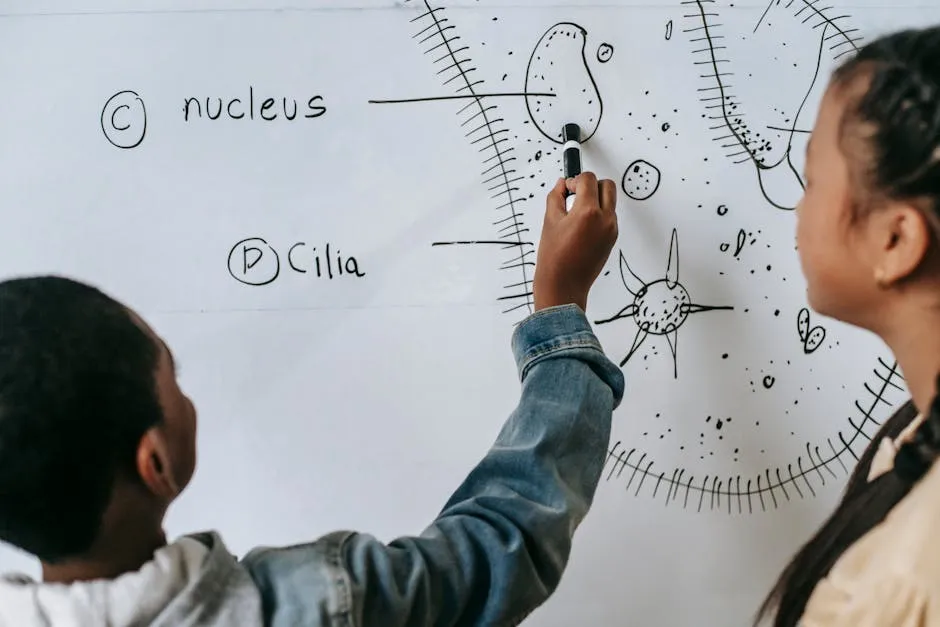
Why Do Babies Often Start With Blue Eyes?
If you’ve ever gazed into the eyes of a newborn and noticed their striking blue or gray hue, you’re not alone. Many Caucasian babies are born with this eye color, which can change dramatically as they grow. Why does this happen? The answer lies in melanin production and exposure to light.
At birth, a baby’s melanocytes, the cells responsible for producing melanin, are still getting into the groove. In many cases, they simply haven’t cranked out enough melanin yet. This lack of pigment results in those enchanting blue eyes. They can appear even bluer due to Tyndall scattering, a phenomenon where shorter light wavelengths scatter more, creating a blue effect. It’s like nature’s version of a filter!
As the baby grows and begins to be exposed to more light, the melanocytes kick into high gear. They start producing melanin, which can lead to eye color changes. For some babies, this happens quite rapidly, while others might take a few years to settle into their final eye color. By around three years of age, most children will have reached their permanent eye color.
But what if your child’s eyes don’t change? Not to worry! If those blue peepers stick around, consider it a genetic gift. And remember, it’s all part of the wonder of human biology.
In conclusion, the reason many babies start with blue eyes is due to their initial low melanin levels. As they grow and are exposed to light, their eye color may evolve, showcasing the fascinating journey of genetic expression. So, the next time you see a little one with bright blue eyes, you’ll know they might just be a work in progress!
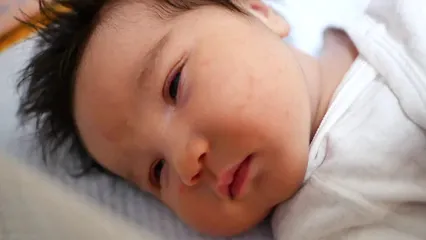
Other Causes of Eye Color Change
Have you ever noticed how your eye color seems to shift depending on the light? That’s not just your imagination! Various factors can cause eye colors to change throughout our lives. Let’s take a closer look at some of these intriguing influences.
Aging is one of the biggest culprits. As we get older, our bodies undergo many changes, including in our eyes. Melanin production can decrease, leading to a lighter eye color. For instance, brown eyes may take on a hazel hue, and blue eyes can appear more gray.
Lighting conditions play a significant role, too. Ever walked outside on a bright, sunny day and noticed your eyes looking more vibrant? Natural light enhances certain colors, making your eyes appear richer or more intense. Conversely, dim lighting can wash out those bright shades. It’s like your eyes are chameleons, adapting to their surroundings!
Health issues can also lead to color changes. Conditions like Horner’s syndrome or Fuchs’ heterochromic iridocyclitis can cause one eye to change color or even develop a different hue altogether. It’s important to monitor any unexpected changes because they can signal underlying health concerns.
One of the most famous examples of eye color change is the iconic musician David Bowie. Bowie had heterochromia, a condition where each eye has a different color. His left eye appeared blue, while the right was a striking brown. This unique look wasn’t just a quirky trait; it was the result of an eye injury. After a fight in his youth, the injury caused his left pupil to be permanently dilated, giving the illusion of two different colors. Talk about a rockstar twist!
In summary, eye color is not set in stone. Factors such as aging, lighting, and health can all contribute to the fascinating shifts in our eye hues. Next time you gaze into a mirror, remember that your eyes might just be putting on a show!
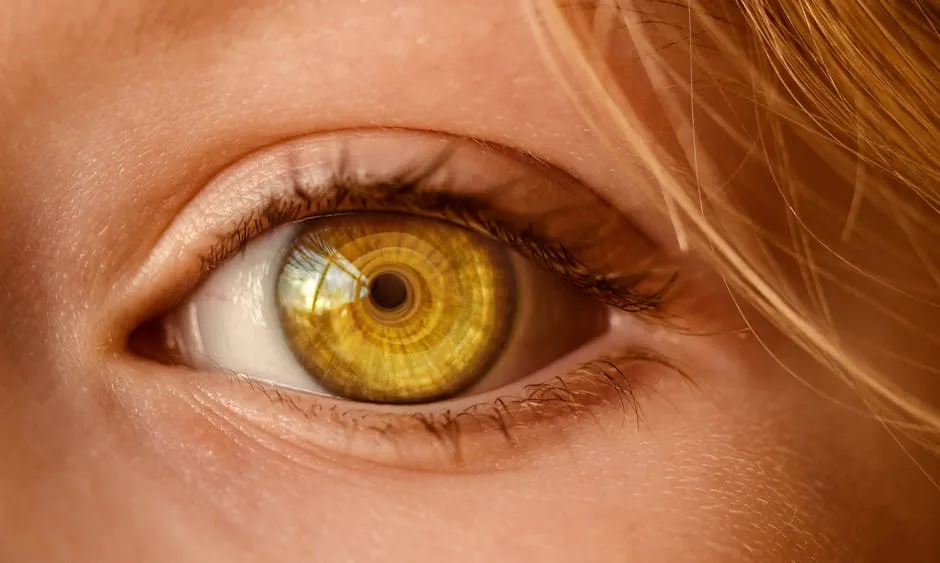
Geographic Variation and Natural Selection
Eye color isn’t just a random occurrence; it’s a fascinating result of evolution and geography. Let’s take a closer look at how geographic location and UV exposure have shaped the eye colors we see today.
For starters, people living in sunnier regions typically have darker eyes. This is due to a higher concentration of melanin, the pigment responsible for eye color. The more melanin present, the better the eyes can absorb harmful UV rays. Think of it as nature’s built-in sunglasses! For example, most individuals from Africa and Asia boast brown eyes, which offer excellent protection against the strong sun.
On the flip side, populations in areas with less sunlight, such as Northern Europe, show a different trend. Here, lighter eye colors like blue and green are more common. Why? Well, researchers believe this variation may have conferred some evolutionary advantages. In regions with lower UV exposure, lighter eyes may facilitate better vision in dimmer light conditions. Additionally, lighter eyes could have been favored in mate selection, making them more prevalent over generations.
Let’s not forget about the role of natural selection. The genetic mutations that led to lighter eye colors likely appeared as humans migrated from Africa to Europe. These mutations, while rare at first, became more common due to the unique environmental conditions. It’s like a fashionable trend that caught on, with lighter eyes becoming the chic choice among early Europeans.
Interestingly, this geographic variation isn’t just about practicality; it’s also about identity. Distinct eye colors can signify regional heritage, helping individuals connect with their cultural roots. So, the next time you gaze into someone’s eyes, remember they might be reflecting not just their own story, but the tales of their ancestors as well.
In conclusion, eye color is a product of the interplay between geography, UV exposure, and evolutionary advantages. From the sun-soaked regions of Africa to the dimmer climates of Europe, our eyes tell a story of adaptation and survival, reminding us of the beautiful diversity of the human race.

Conclusion
When we look into someone’s eyes, we often see more than just color; we see a tapestry woven from genetics, evolution, and a touch of mystery. Eye color is far from a simple trait. It reflects a complex interplay of melanin, genetics, and even environmental influences. The pigment melanin, produced by our body, plays a crucial role in determining the hues of our irises. Higher levels of melanin yield darker shades, while lower levels reveal lighter colors.
Isn’t it fascinating that scientists have identified as many as 16 genes influencing eye color? This means that predicting the color of a child’s eyes based on their parents’ eye colors can feel like playing a genetic guessing game. The diversity in eye color is not just a matter of aesthetics; it tells a story of human adaptation and survival.
Historically, it is believed that all humans had dark brown eyes. As populations migrated and adapted to different environments, genetic mutations led to lighter eye colors. This change wasn’t just random; it was a response to varying levels of UV exposure. In sunny regions, darker eyes provide better protection, while in areas with less sunlight, lighter eyes emerged and flourished.
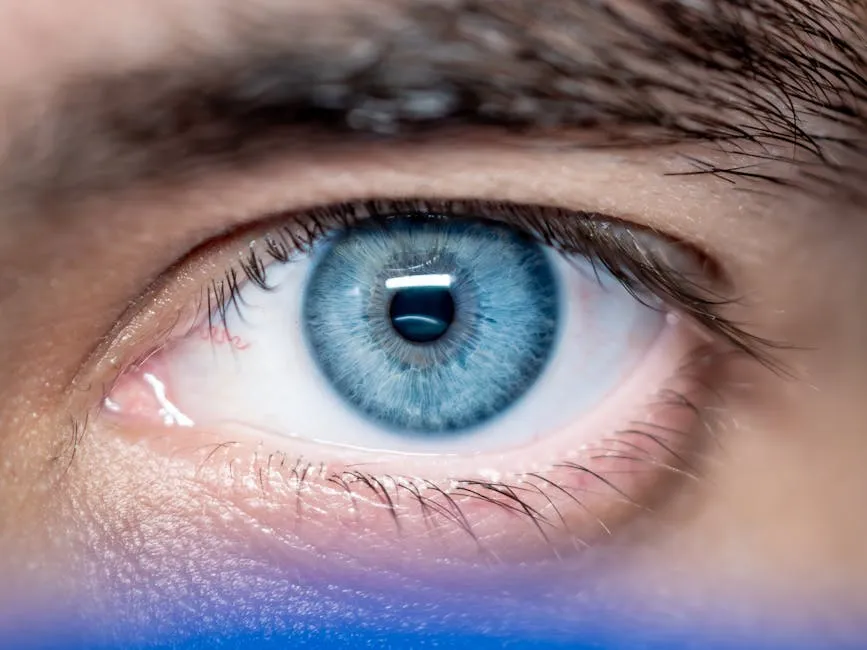
Speaking of protection, why not consider this pair of sunglasses with UV protection? Not only do they keep your eyes safe, but they also make you look incredibly stylish while doing it!
So, the next time you catch a glimpse of someone’s eyes, take a moment to appreciate their unique color and the science behind it. Every shade tells a story of heritage, resilience, and a complex genetic legacy that connects us all. Celebrate your eye color, whether it’s brown, blue, green, or a rare gem like gray. After all, your eyes are as distinctive as your fingerprint, a true testament to the beautiful diversity of humanity.
Understanding why we have different eye colors can be fascinating. Why do we have different eye colors and what determines them
Additionally, for those interested in exploring the artistic side of color, check out this Color Mixing Kit. It’s perfect for experimenting with colors and understanding the beauty of hues!
Please let us know what you think about our content by leaving a comment down below!
Thank you for reading till here 🙂
All images from Pexels




